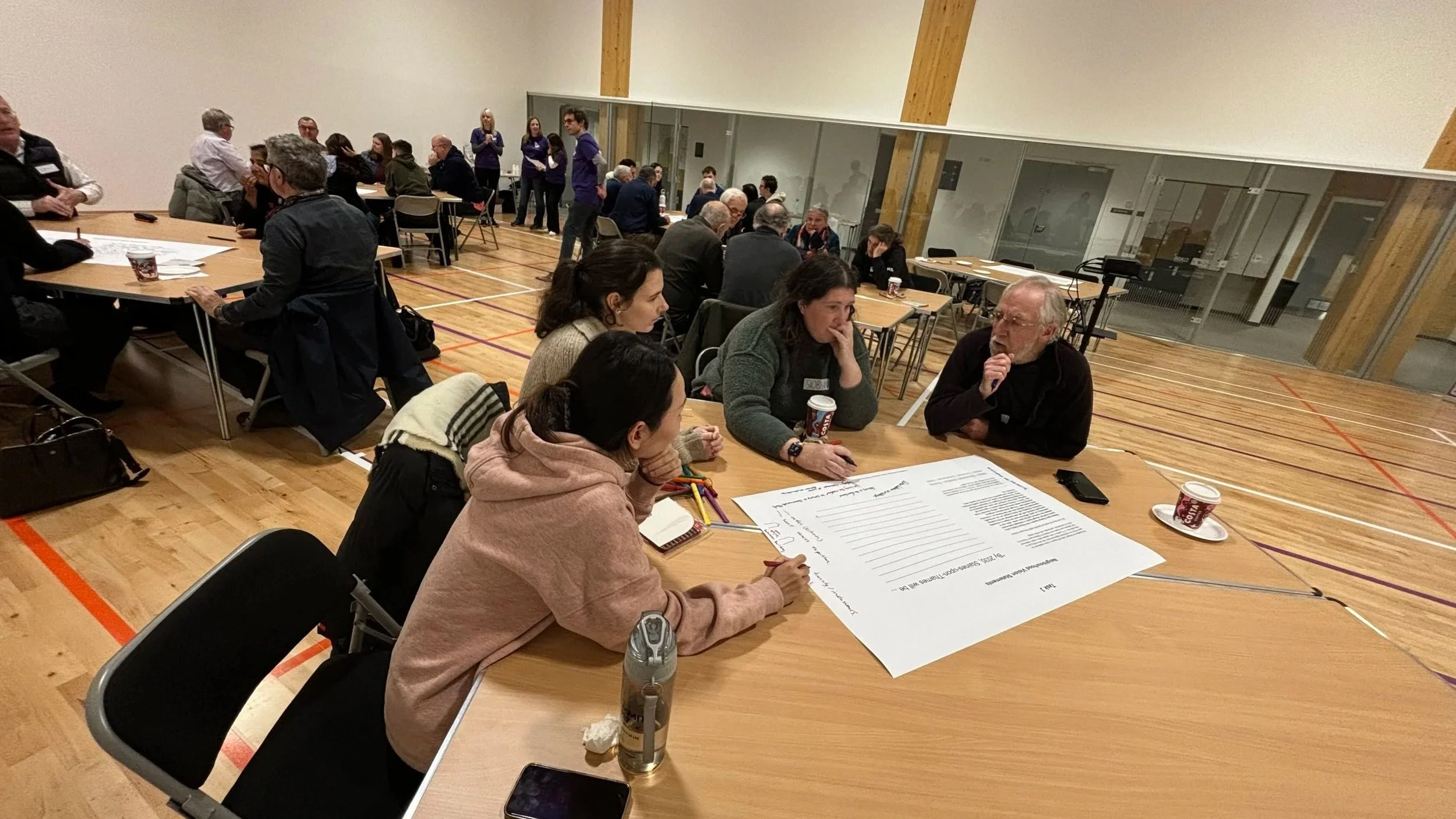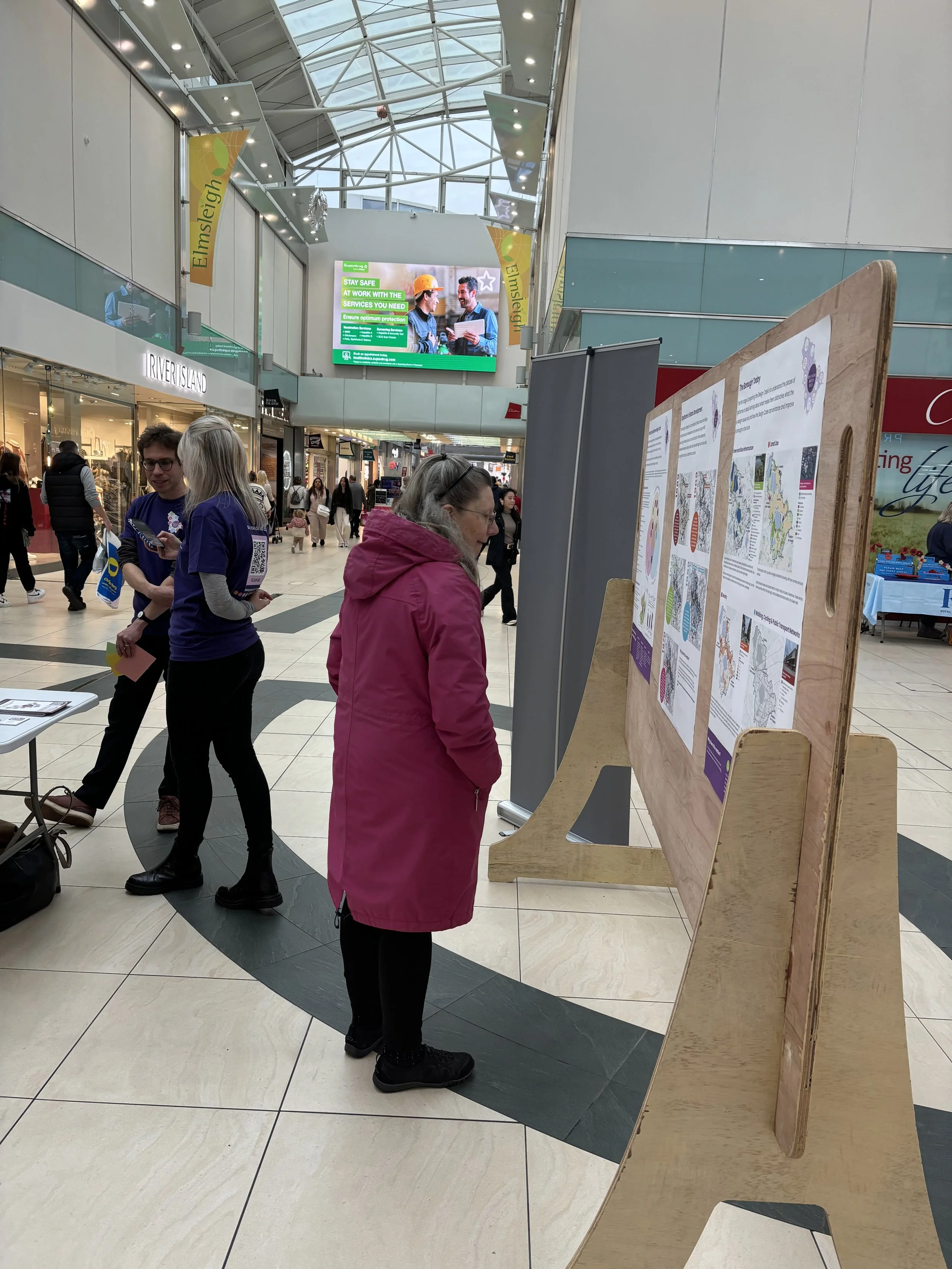Co-design: How Brands Grow With Their Communities
Co-design is more than a buzzword. It is a way of creating products, services, and brands in collaboration with the people who use them. Across sectors, from urban planning to creative business programmes and cultural initiatives, co-design is shaping how organisations operate.
In my work, I’ve seen the impact first-hand. Whether co-developing programmes with creative entrepreneurs, supporting local councils to rethink public spaces, or designing cultural projects with communities, the lesson is clear: no business or organisation should work in isolation.
What Co-design Really Means
Co-design is often confused with market research. The difference is simple:
Market research asks questions and then interprets responses behind closed doors.
Co-design keeps people in the process, inviting them to shape, test, and refine solutions alongside you.
In today’s brand and media landscape, where audiences expect participation and authenticity, co-design is essential.
Leading brands show this in action. Monzo engages its community through open forums, Patagonia involves customers in environmental campaigns, and FutureEverything in Manchester co-creates cultural projects with local communities.
But co-design doesn’t only belong to global brands. It is a principle that can be embedded into local, creative, and social projects too.
The London Made Me Pop-Up Project
I supported participants in co-curating the London Made Me 2023 pop-up shop while providing hands-on training, turning the project into both a creative showcase and a learning experience.
Applying Co-design Across the Brand Lifecycle
Co-design is not just for the launch stage. It can inform every phase of growth:
Launch: Early involvement ensures relevance and resonance.
Growth: Continuous engagement keeps the brand aligned with its community.
Development: Collaborative iteration builds resilience and adaptability.
Some examples from my own work illustrate this approach:
Park Royal Creative Entrepreneurs Pilot (images above)– We launched a pilot programme to support creative entrepreneurs in Park Royal with business growth training, 1:1 mentoring and support from industry guest speakers. Instead of dictating the offer, we worked with participants to understand what support they most needed and how it should be delivered. Their input is shaping a follow-on programme designed to be even more responsive and impactful.
Dorset Moon (Luke Jerram’s Museum of the Moon) – Delivered as part of a cultural collaboration, this project invited local communities to co-design events around a major international artwork. The result was programming that reflected both global themes and local identity, ensuring wide engagement and ownership.
The Bay Area Place Plan, Isle of Wight – Residents, businesses, and stakeholders co-created a shared vision for the coastline, ensuring the plan balanced environmental needs with community aspirations.
Winchester City Vision 2030 – A city-wide consultation enabled residents to shape priorities for the future. By embedding community voices in decision-making, the final vision has stronger legitimacy and a clearer mandate for action.
Spelthorne Design Code – Feria Urbanism
I worked with Feria Urbanism on the Spelthorne Design Code, engaging local residents and citizen panels to shape public spaces that reflect community needs and aspirations.
Why Co-design Matters
These projects demonstrate that co-design is not a one-off exercise. It is a way of working that builds trust, strengthens outcomes, and creates solutions that people truly value.
When communities, participants, or customers feel part of the process, they do not just accept a product or programme, they advocate for it. That is the real power of co-design: it grows brands, organisations, and initiatives with their communities, not apart from them.
If you are looking to embed co-design into your programme, brand, or project, let’s explore how we can make it happen together.







